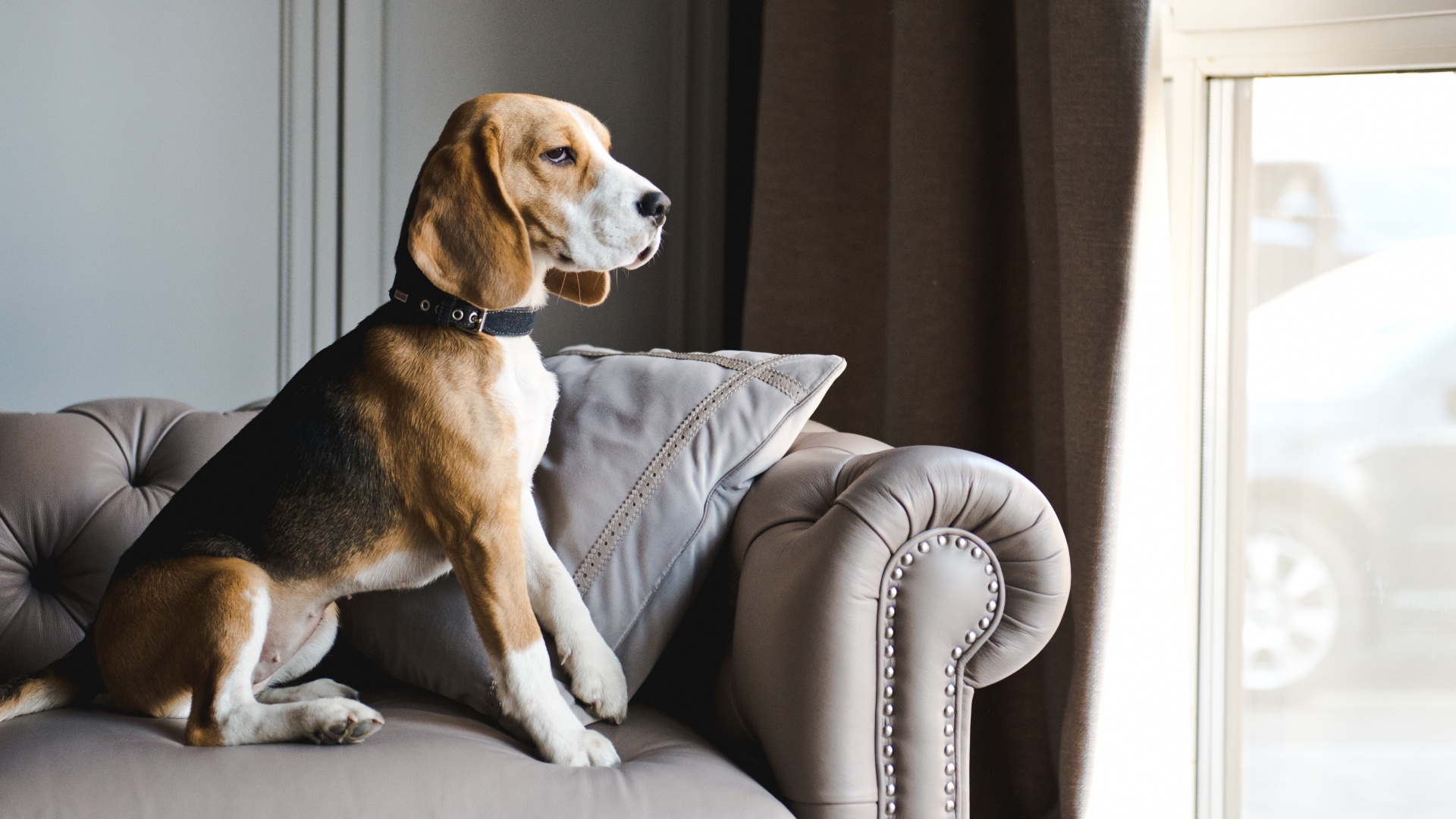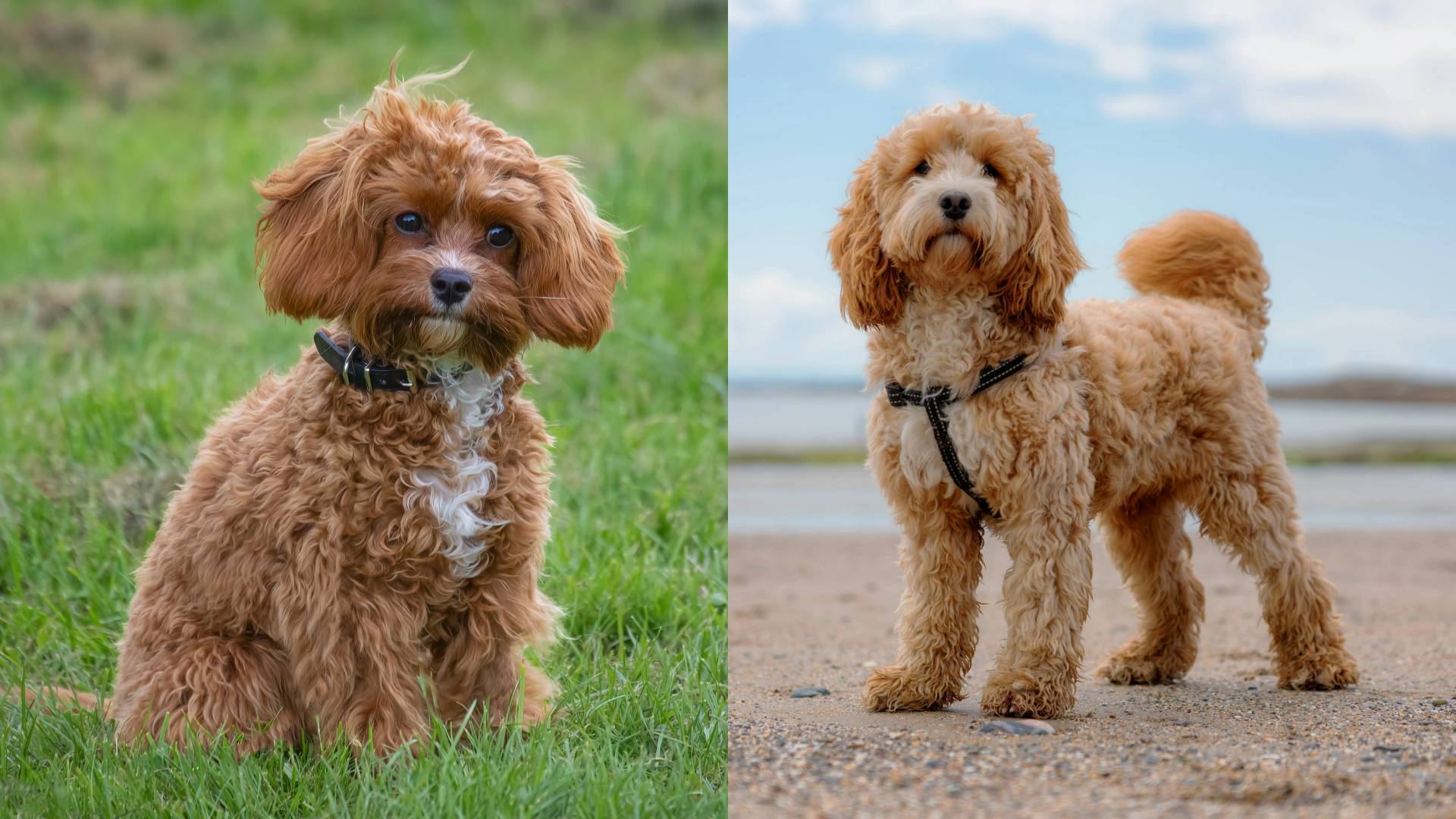Trainer reveals how to ease your dog’s anxiety when you’re apart — and it’s just three steps
Here are three trainer-approved things you can do if your dog gets anxious when you’re apart

Does your dog bark, cry, or whine whenever you try to leave them? Do they engage in destructive behavior when you're out of the house? Do you come home and find that they've urinated or defecated in their crate or on the floor?
If you answered yes to any of the above questions, your dog may be struggling with separation anxiety.
A common issue that causes dogs to become distressed when their owners are absent, separation anxiety can be challenging to deal with.
However, when it comes to how to reduce separation anxiety in dogs, you'll be relieved to hear that there are ways you can help your pup feel calmer and more comfortable in your absence.
In a video shared to TikTok, canine trainer Jack from the Dovecote Dogs Training Academy, shares three simple tips you can use to help ease your dog's anxiety when you're apart. Let's take a look...
@dovecotedogs ♬ original sound - Jack
1. Make sure all of their needs have been met before you leave them: "Make sure they've been to the toilet, make sure they're sufficiently stimulated, make sure they've been fed," says Jack. "Doing all of these things will make it far more likely that they'll settle down when you're gone."
2. Desensitize them to the fact that you're leaving: Jack says that the way to do this is several times across the course of an evening stand up from the couch, grab your keys, go to the front door, come back in, put your keys away, and sit back down again. "Doing this multiple times teaches your dog that mum or dad get up and do this thing and it's not really something that they have to worry about."
PetsRadar Newsletter
Get the best advice, tips and top tech for your beloved Pets
3. Build distance before you build duration: "Pop your dog in their crate or safe place, wherever you leave them when you're out, while you're perhaps doing the cleaning or you're doing the dishes or you're making a cup of tea, pop them in there so you're still around but you're not necessarily that close to them. This starts to teach the dog that not having mum or dad close to them isn't a bad thing."
Once you've built distance, Jack says you can move on to building duration. You might leave the house for five seconds, then 10, then 15 and work your way incrementally up until you can be out of the house for 10 or 15 minutes and then longer periods after that.
Working with separation anxiety takes time, patience, and consistency.
If you feel you and your pup would benefit from some extra support in dealing with this issue, we recommend reaching out to a professional trainer.
Before you do, be sure to check out this guide to how to spot dog trainer red flags to ensure you're working with a qualified professional that uses positive training methods.

Kathryn is a freelance writer who has been a member of the PetsRadar family since it launched in 2020. Highly experienced in her field, she's driven by a desire to provide pet parents with accurate, timely, and informative content that enables them to provide their fur friends with everything they need to thrive. Kathryn works closely with vets and trainers to ensure all articles offer the most up-to-date information across a range of pet-related fields, from insights into health and behavior issues to tips on products and training. When she’s not busy crafting the perfect sentence for her features, buying guides and news pieces, she can be found hanging out with her family (which includes one super sassy cat), drinking copious amounts of Jasmine tea and reading all the books.
